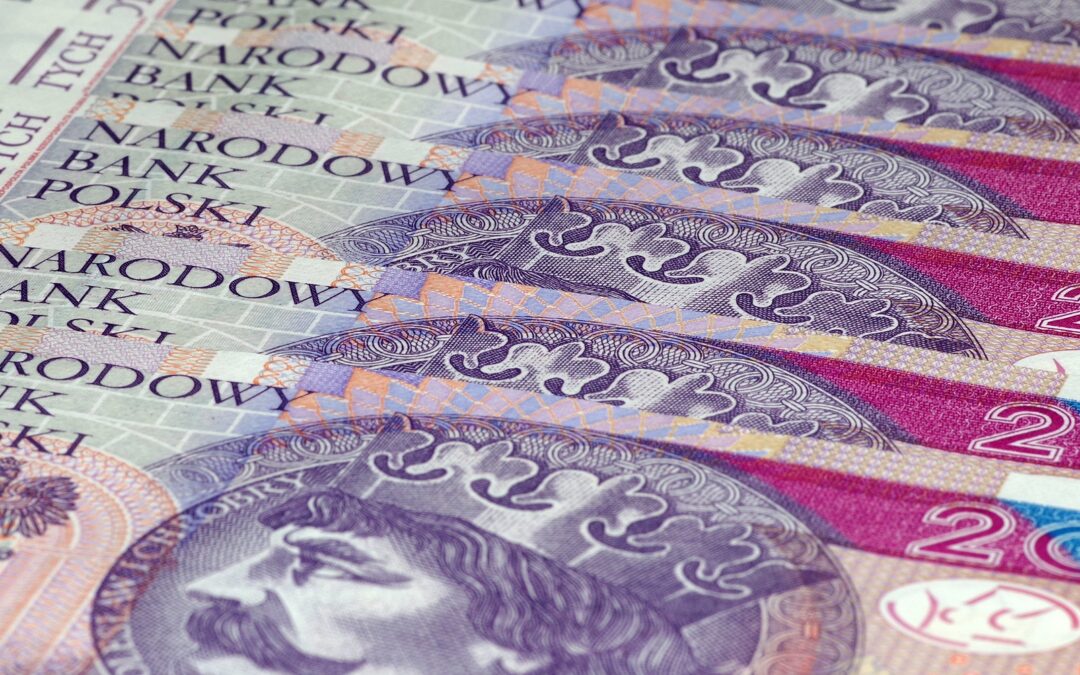The value of new deposits put into savings accounts in Poland in the final quarter of 2021 was 9 billion zloty (€2 billion) higher than in the previous quarter. The increase came amid a series of interest rate hikes by the country’s central bank in response to the EU’s highest level of inflation.
In October – when the National Bank of Poland (NBP) raised rates for the first time in nine years, from 0.1% to 0.5% – Poles deposited 18 billion zloty (€4 billion) of savings, according to central bank data analysed by HRE Investments.
That rose to 20 billion zloty in November and almost 22 billion zloty in December. For comparison, in the third quarter of 2021, between 16 and 17 billion zloty was set aside in new deposits each month.
Poland's central bank has raised its benchmark interest rate by 50bps to 2.75%, the highest level since 2013
It is the fifth increase since October, as Poland faces inflation that is at its highest in over two decades and among the highest in the EU
Via: https://t.co/whCc0cSSt7 pic.twitter.com/LRKc06yWAw
— Notes from Poland 🇵🇱 (@notesfrompoland) February 8, 2022
According to central bank data from December 2021, the total stock of savings stood at 164 billion zloty (€36 billion), which was markedly lower than two years earlier, before the start of the pandemic, when 297 billion zloty was saved.
Part of the reason was record-low interest rates, which yielded an average annual interest of 0.13% in July 2021, reports Business Insider Polska. In 2020, Poland’s second-largest bank, Pekao SA, became the first to introduce negative interest rates on deposits.
As a result, new deposits into savings accounts in that period decreased by between 60% and 70%. In December, the average annual interest rate in banks increased to 1.27%, which yields a tenfold higher return.
Nevertheless, savers may be dissuaded by soaring inflation, which in January reached 9.2% according to preliminary estimates by Statistics Poland (GUS), a state agency.
News forecasts from the European Commission published this month show that Poland will have the highest level of inflation among all European Union member states this year. The data also indicate that Poland had the EU’s joint-highest inflation last year.
The government has introduced a number of measures to soften the blow of rising prices, including reducing or removing VAT on many products as well as a range of other tax cuts and special allowances.
Main image credit: public domain

Maria Wilczek is deputy editor of Notes from Poland. She is a regular writer for The Times, The Economist and Al Jazeera English, and has also featured in Foreign Policy, Politico Europe, The Spectator and Gazeta Wyborcza.




















